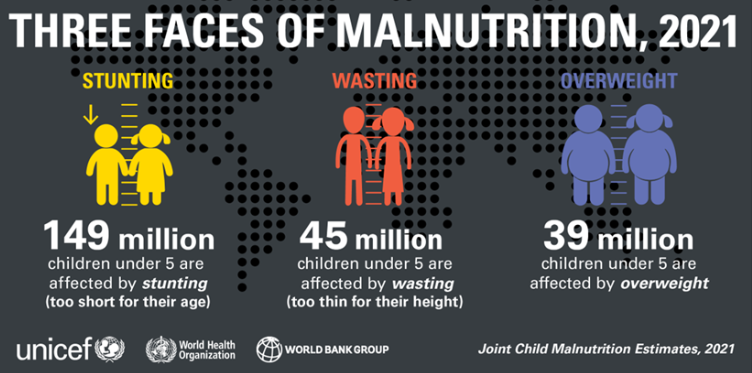Malnutrition in India: Status and Government Initiatives
- Clyde Lawrence E. Cayabo
- Mar 30, 2023
- 1 min read
Narayan et al (2018)

The World Health Organization (WHO) defines malnutrition as a person's intake of energy and/or nutrients being lacking, excessive, or out of balance. The correct growth and development of a kid, as well as their future socioeconomic level, depend greatly on the nutrition of the mother, the baby, and the child. The rates of malnutrition among teenage girls, pregnant
and lactating mothers, and children are disturbingly high in India, according to reports from the National Health & Family Survey, United Nations International Children's Emergency Fund, and WHO. The nutritional condition of mothers, breastfeeding practices, the education of women, and sanitation practices are among the factors causing malnutrition in the nation. These have a variety of effects on children, including growth retardation, childhood sickness, and stunting. Although various government initiatives are in place and India has essentially decreased malnutrition over the past ten years, there is still a need for effective application of research-based knowledge to address undernutrition, particularly because it impedes the socio-economic growth of the nation. These findings might be instructive for other developing nations aiming to lower child malnutrition in their regions.





Comments